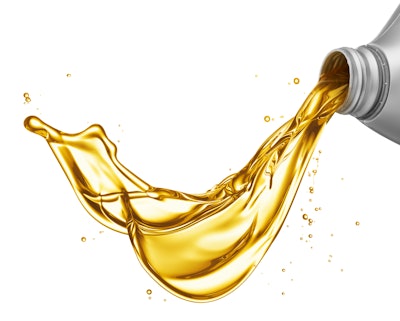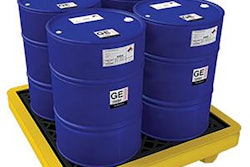
Article originally published on Noria.com.
“Synthetic” is an all-encompassing term used to describe manmade base fluids utilized in the formulation of lubricants. Synthetics can have sharply different performance attributes and can at times be mutually incompatible. The differences between these base fluids must be understood in order to accommodate the needs of the machine application as well as the properties of the lubricant.
Synthetic lubricants do not originate from crude oil like conventional mineral oil. Instead, synthetic lubricants are formulated from derivates of natural gas and other base materials. For instance, polyalphaolefins (PAOs), which are among the most common synthetic base oils, are formulated from ethylene and decene (largely derived from natural gas). Through the process of polymerization, these molecules are built from the ground up and offer a number of benefits. Unlike mineral oils, in which a single batch of oil may contain millions of different molecular structures, the molecular sizes and shapes within a single synthetic oil are much more consistent. This leads to more consistent fluid properties and predictable life cycles.




















